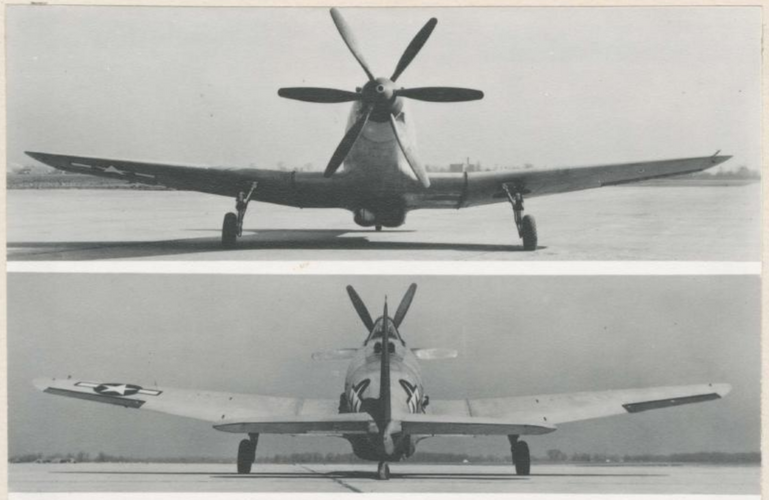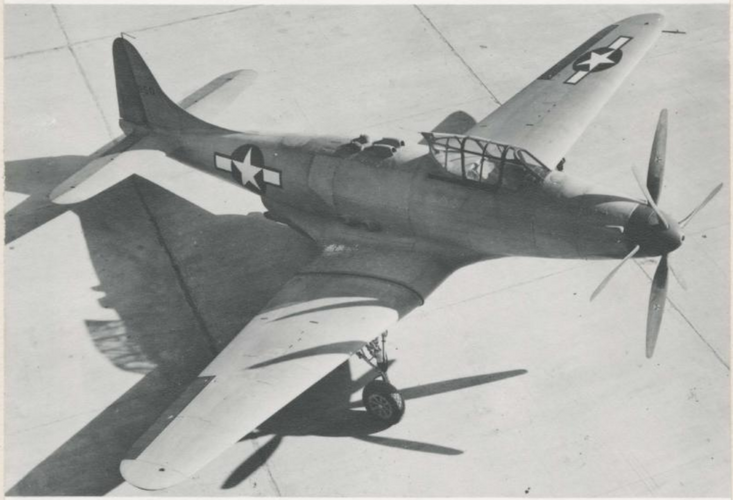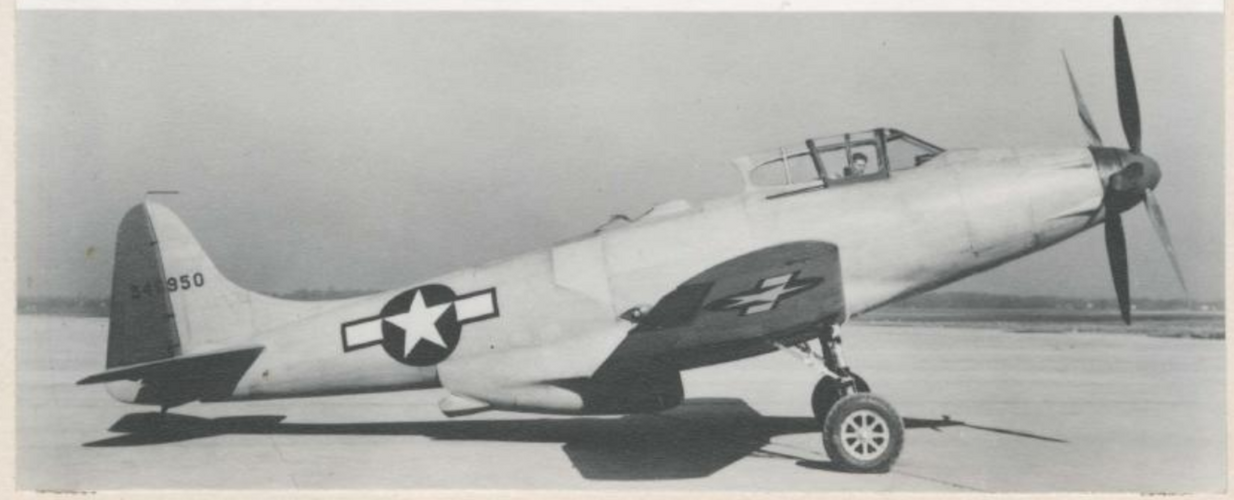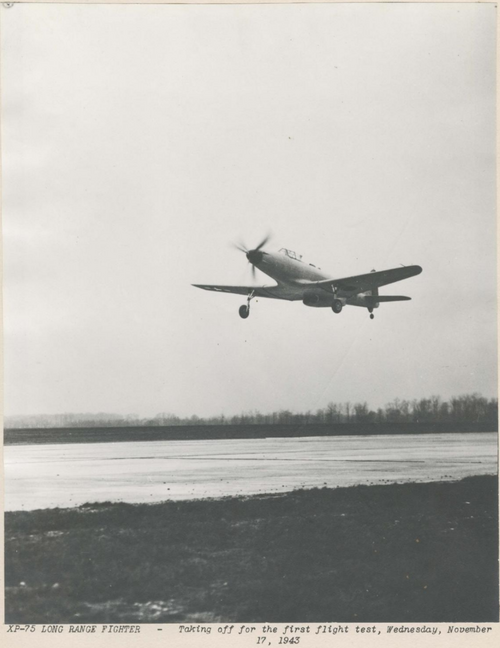Hi,
Just for the sake of asking, how would the P-75a have fared against the TA-152h series in the escort role?
I don't have all that much data on the engine used, and the reported performance figures for the P-75 are a bit confusing with regard to what would have been the actual critical altitude of the engine to be used in the production version.
Additionally, the P-75 during its life seems to have been subject to a certain increase in flying weight, and I am not entirely sure what would have been typical for a production version.
The USAF museum has this great panoramic picture of the cockpit of its surviving P-75:
A 360 degree cockpit from the National Museum of the U.S. Air Force
www.nmusafvirtualtour.com
There's a placard on the panel, "Restrictions - 17264 lbs - 5.25 G - 400 I.A.S." ... now undoubtly this applied to the prototype, but that probably implies it could be loaded to even higher take-off weights than that.
A P-47D-25RE with the large internal fuel tank weighed in at around 14500 lbs, with 17500 lbs being indicated as the "recorded limit" (on the "Tactical Planning and Characteristics Chart", p. 31, 26 May 1944. The maximum fuel capacity was 370 US gallons internal plus 410 US gallons external.
As indicated on the fuel cock/fuel indicators in the above P-75 cockpit foto, the P-75 has a main tank of 435 US gallons plus two wing tanks of a combined 120 US gallons internal, and two auxiliary tanks of unspecified capacity. I am not even sure if they're internal or external ... they're labeled on the fuel cock, but there seems to be no fuzel gauge for them. (US terminology did not always differentiate between drop tanks and internal tanks, I believe.)
The P-47 had 2600 HP available, the P-75 maybe 2800 HP. The P-75 was a bit larger and heavier, so power loading might have been fairly similar. However, the P-47 retained its power up to very high altitudes, and I am not sure the same applies to the P-75 (for which I have insufficient data).
Accordingly, I'd say that the P-75, even if it had been cured of all of its intitial problems, would not have been much of an improvement, if any, over the P-47D.
Since the P-47D is pretty much a known quantity, you might already have an idea of how it compares to the Ta 152H you were actually asking for

Regards,
Henning (HoHun)

























